The main outcome of the Just Stop Oil protest is that the entire population of Great Britain has become in favor of lichen research. Spraying an orange powder paint made from cornstarch, even though it would – as the group claims – “wash away with rain”, drew the world’s attention to the fact that the ancient monument, among its many claims, is a warehouse of a species of lichen that are found nowhere else in the world. Social media soon filled with pro-lichen campaigners, with members of the public – and JK Rowling – piling in to attack or ridicule the Just Stop Oilers for their misguided choice of venue and resources.
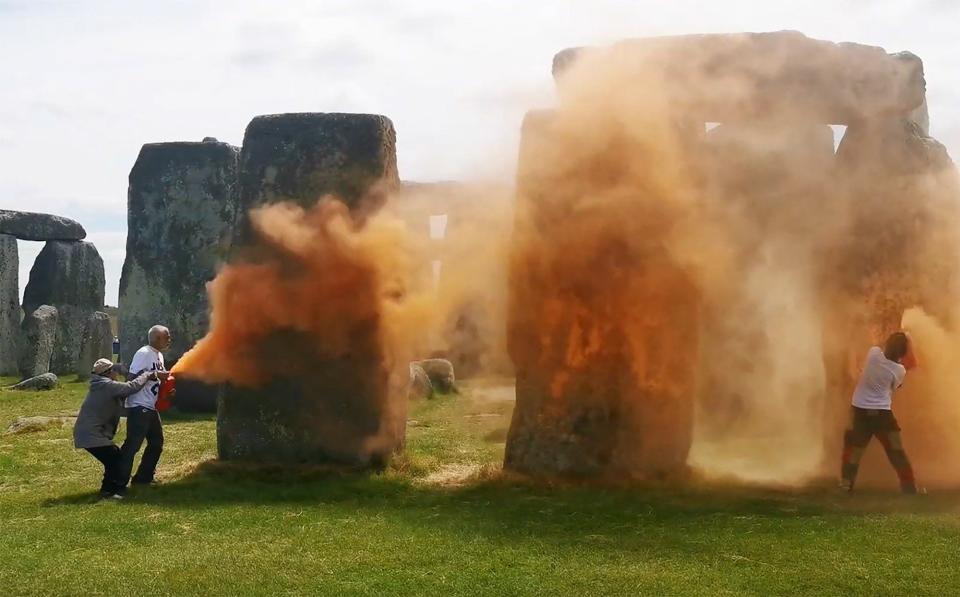
The sight of Stonehenge, with its broken circle of stones and mighty central trilithons, standing seemingly isolated on the Salisbury Plain, has fascinated travelers for centuries. Even the most erudite specialists continue to debate whether it is a cremation site, a place for sun worship or something else entirely. New finds and interpretations are being announced all the time, adding to the mystery as much as they seem to solve it.
In 2015, the discovery of a huge and previously unknown palisade beneath the banks of Durrington Walls, a few miles away, strengthened the theory that Stonehenge is part of a planned large-scale Neolithic landscape. In 2017, a new causeway enclosure – an early Neolithic monument consisting of circuits of segmented ditches – was uncovered at Larkhill, north of Stonehenge, during excavations ahead of the construction of new army housing. Last year, analysis of the Stonehenge altar stone revealed that it came from an area much further north than the other stones, leading scientists to question the reason behind this disparity in provenance between the site’s different monoliths.
But Stonehenge is also a source of quirky facts and an inspirer of wild speculation. Here are a few to think about while you wait for the sun to rise. Read on for our guide to visiting Stonehenge.
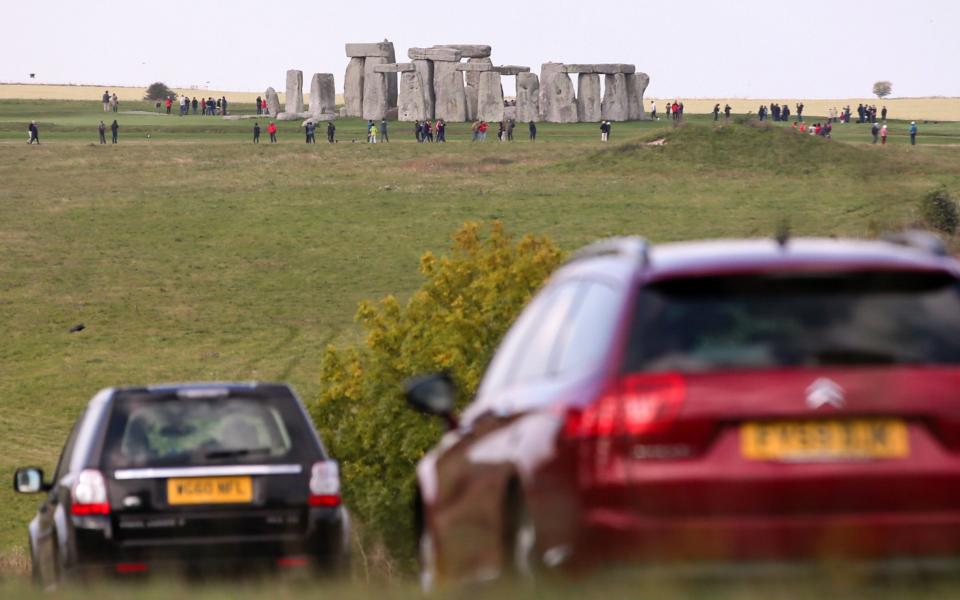

Christopher Wren engraved his name on a stone in the 17th century
Many of the stones at Stonehenge bear a variety of graffiti from over the centuries. Stone 52 bears the name “Wren” and is said to have been chiselled by St Paul’s Cathedral architect Sir Christopher Wren, whose family had a house nearby.
It plays a leading role in Thomas Hardy’s Tess of the D’Urbervilles
While escaping north, Tess and her husband Angel pause at Stonehenge. Tess feels her end is near, so she makes Angel promise to marry someone else after her death. Because it is night and they are tired, Tess sleeps on one of the stone “altars”. At dawn, the two are surrounded by the police who take Tess into custody. Tess, for her part, is happy that the end has come. Literary critics say the scene indicates a relationship “between Tess’s symbolic sacrifice at Stonehenge and her association with fertility, ritual and mythical cycles of seasonal death and rebirth.”
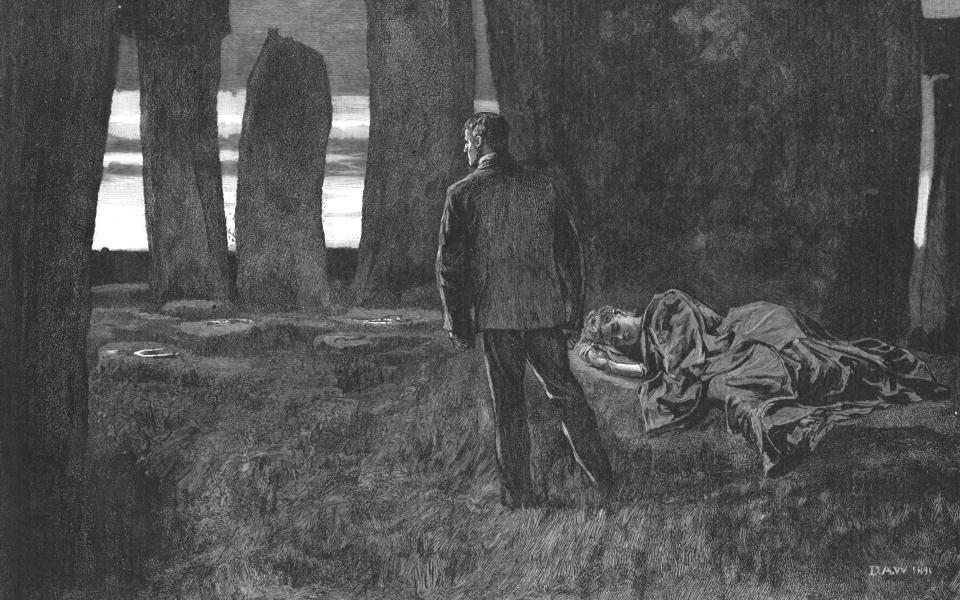

The first guide claimed that the monument survived Noah’s flood
Catchy title An illustration of Stonehenge and Abury, in the county of Wilts, pointing out their origin and character, by means of considerations hitherto unnoticed, it was written by Henry Browne and published in 1823 – when the Biblical view of history had not yet been fully exploded by new theological ideas seeping in from Germany. Browne’s guide considered Stonehenge to be one of the few ancient structures to survive the Old Testament Flood.
It was purchased at auction in 1915
Stonehenge was bought for £6,600 by local businessman Cecil Chubb, who was going to the auction to buy dining room chairs. It happened, he said, “on a whim.” Chubb’s wife Mary was reportedly unmoved by the romantic gesture; the price worked out to around £570,000 in today’s currency. Three years later, Chubb donated the monument to the nation so that it could be cared for by the then Department of Public Works. In 1919, Prime Minister David Lloyd George recognized his generosity with a title, with Chubb becoming Sir Cecil Chubb, first Baronet of Stonehenge. The new nobleman had a coat of arms designed with a silver lion’s paw holding two branches of mistletoe – a plant considered sacred by the Druids – and the motto “Saxis Condita”, which means “founded on stones”.
It was the center of a mass arrest
In 1985, more than 600 new-age travelers were on their way to celebrate the Stonehenge Free Festival when their convoy was stopped seven miles short of the milestone by a contingent of some 1,300 police officers. The confrontation turned violent and lasted several hours before 537 people were taken into custody in one of the largest mass arrests of civilians in England’s history. The event is known as The Battle of the Beanfield.
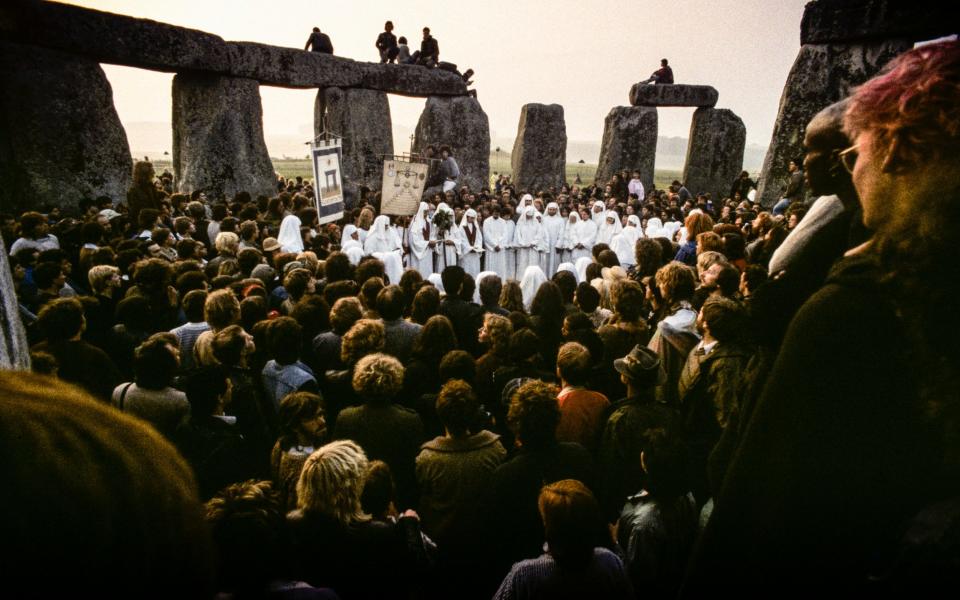

Ancient astronauts have docked here
This claim became popular thanks to Erich von Däniken’s 1968 book Chariots of the gods?, who claimed that numerous monuments, including Stonehenge, may have been built by aliens. His hypothesis is based on “interpretations” of Mayan iconography and mysterious landmarks around the world, such as the Nazca Lines. The association of monoliths and stone circles with extraterrestrial life persists in popular culture, from the enigmatic monolith in Stanley Kubrick’s film to Arthur C. Clarke’s 2001: A space odysseyafter the children’s television series from the mid-1970s, Children of the stonesin which the Milbury stone circle – filmed in and based on Stonehenge’s sister site Avebury – turns out to be a conduit for sinister alien intelligences from behind a black hole.
Pop musicians love the name
Richie Havens called his 1970 album Stonehenge and featured the standing stones on the cover. Stonehenge is the second studio album by English blues rockers Ten Years After; Reviewing the disc, one critic said it seemed “an attempt to tune in to cosmic vibrations”. A progressive metal band formed in 1992 in Hungary called Stonehenge. Spoof rockers Spinal Tap’s song Stonehenge – performed with hoods and dry ice – includes the lyrics: “Stonehenge! ‘It’s a magical place/Where the moon rises with a dragon’s face/Stonehenge! Where the virgins lie/And the prayers of devils fill the midnight sky.”
How to visit Stonehenge
Public transport
Green Traveler has made a video on how to reach Stonehenge without using a car, including by bike. See greentraveller.co.uk/blog/travel-avebury-and-stonehenge-without-car
Bus
The Stonehenge Tour (01202 338420; thestonehengetour.info) departs from Salisbury, 9 miles south, where there is a train station. The bus alone costs £19.50 for adults, £13 for children aged 5 to 15 or £51.50 for families (up to two adults and three children) and including entry to Stonehenge and the hilltop of Old Sarum, it costs £ 38.50, £25.50 or £115. You can pay extra to add entry to Salisbury Cathedral. In summer (April-September) the first bus leaves from Salisbury train station at 10am and the last from Stonehenge at 7pm.
Vehicle
The visitor center and car park (free for ticket holders) are located north of the A303, where the A360 and B3086 meet at Airman’s Corner. In summer, traffic can back up in both directions to the Countess Roundabout on the A303: it may be worth taking the return route via the B3086 and the Packway south to Airman’s Corner.
Tour or no tour?
The interpretation and signage at the visitor center are excellent. Adult audio guides are no longer available on site, but you can download them for free on your device via the App Store or Play Store. Headphones for Android phones can be purchased at the entrance and in the gift shop for £2.
For an in-depth guide to the stones and their wider context, you can book Blue Badge Tourist Guides (britainsbestguides.org) from around £336 per day.
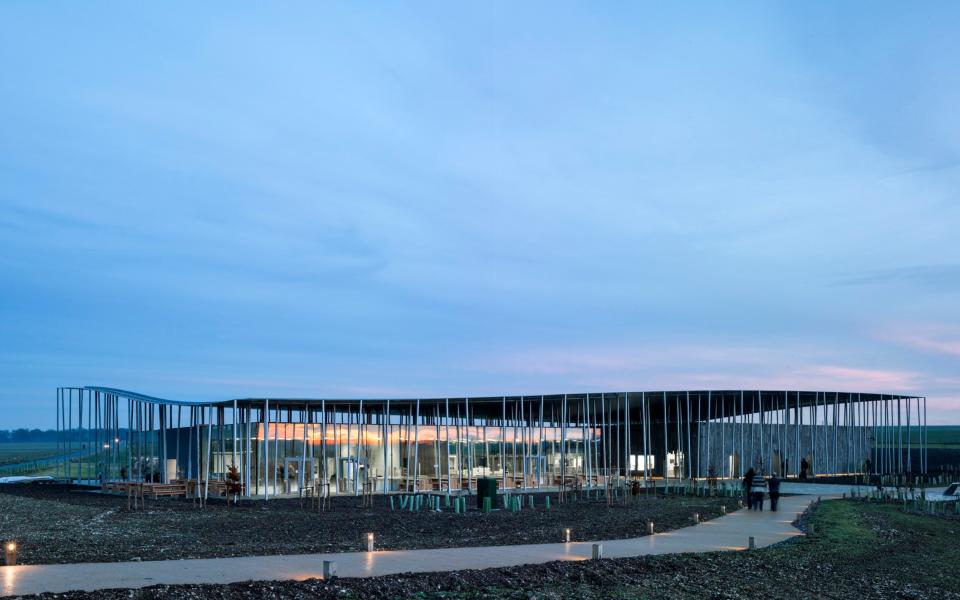

Highlights for adults
Halfway through, disembark from the shuttle at Fargo Plantation and wander through the trees to see the mysterious – and much older – elongated ditch known as The Cursus, before approaching the stones as they should be approached (if possible): foot.
Highlights for children
See the recreated face of a 5,000 year old Neolithic man in the visitor center and then be able to play in his house (the Neolithic village outside is based on remains found at Durrington Walls and often has reenactors and demonstrations.)
Best time to visit
Winter. At the end of the day to watch the sun set behind the stones in the southwest – even better when it is freezing. And of course the winter and summer solstices, when admission is free but you have to deal with huge crowds.
Where to eat
The cafe in the visitor center is light and bright, with long wooden tables and decent food: you must try the rock cakes, of course, and the kitchen produces soups, sandwiches and salads, using lots of produce from local suppliers.
For a pub lunch, drive six miles for a roaring fire and Sunday roasts at the Swan in Enford (theswanenford.co.uk) or a little further for home-cooked food at the excellent Red Lion Freehouse in East Chisenbury (www.redlionfreehouse.com).
Best view
Pass the stone entrance and follow the gate north, along the faint parallel lines in the grass known as The Avenue. About 100 yards downhill, turn and look back and see the stones silhouetted against the sky.
Tips
Park at Woodhenge Car Park near Durrington Walls and walk to Stonehenge across National Trust land. It takes about an hour, at a leisurely pace. Annoyingly, you have to walk past the stones to validate your tickets at the visitor center and then return.


Costs/contacts/opening hours
Stonehenge, Amesbury, Wiltshire SP4 7DE (0370 333 1181; english-heritage.org.uk/visit/places/stonehenge) open daily 9.30am to 7pm (March to September), 9.30am to 6.30pm (30 September to mid-October ) ) and 9:30 AM to 5:00 PM (mid-October to March). Tickets purchased online cost £125.40 for adults aged 16 to 59, £15 for children aged 5 to 17 (babies free), £22.70 discount (student card holders or over 65s) and £65.80 for families ( maximum of two adults and three children). Booking online saves 15%. Tickets are timed entry. Last admission is two hours before closing time. English Heritage and National Trust members and carers for disabled visitors must pre-book their free tickets.